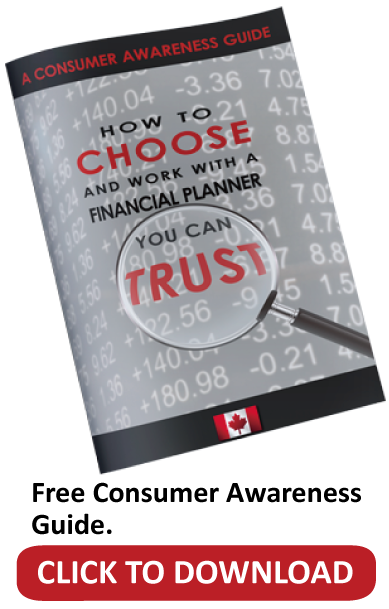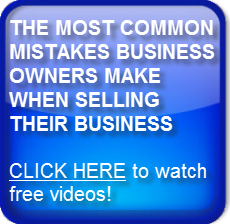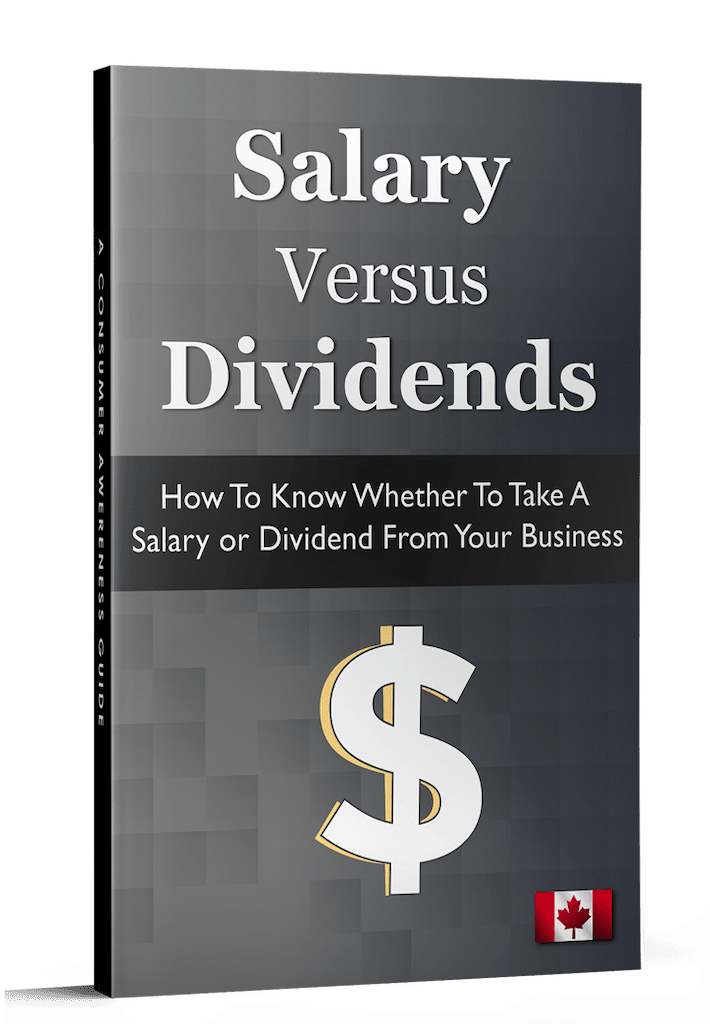Republished with permission from Built to Sell Inc.
You can now buy a subscription for everything from dog treats to razor blades. Music subscription services are booming as our appetite to buy tracks is replaced by our willingness to rent access to them. Starbucks now even offers coffee on subscription.
Why are so many companies leveraging the subscription business model? The obvious reason is that recurring revenue boosts your company’s value, but there are some hidden benefits to augmenting your business with a subscription offering.
Free Market Research
Finding out what your customers want is expensive. By the time you pay attendees, rent a room with a one-way mirror and buy the little sandwiches with the crusts cut off, a focus group can cost you upwards of $6,000. A statistically significant piece of quantitative research, done by a reputable polling company, might approach six figures.
With a subscription company, you get instant market research for free. Netflix knows which shows to produce based on the viewing behaviour of its subscribers. No need to ask viewers what they like, Netflix can see what they watch and rate.
For you, a subscription offering can allow you to test new ideas and gives you a direct relationship with your customers so you can see what they like first hand.
Cash Flow
Subscription companies are often criticized for being hungry for cash. Many charge by the month and then have to wait months—sometimes years—to recover the costs of winning a subscriber.
That assumes, however, that you’re charging for your subscription by the month. If you’re selling your subscription to businesses, you may get away with charging for a year’s worth of your subscription up front. That’s what the analyst firm Gartner does, and it means they get an entire year’s worth of cash from their subscriber on day one. Costco charges its annual membership up front, which means it has billions of dollars of subscription revenue to float its retail operations.
Loyalty
Customers can be promiscuous. You may have a perfectly satisfied customer but if they see an offer from one of your competitors, they might jump ship to save a few bucks. However, if you lock your customers into a subscription, they may be less tempted to try a competitor since they have already made an investment with you.
One of the reasons Amazon Prime is so profitable is that Prime subscribers buy more and are stickier than non-Prime subscribers. Prime subscribers want to get their money’s worth, so they buy a wider swath of products from Amazon and are less tempted by competitive offers.
The obvious reason to launch a subscription offering of your own is that the predictable recurring revenue will boost the value of your company. And while that’s certainly true, the hidden benefits may even be more important.
For more free information on Creating A Business Owner’s Dream Financial Plan, you can listen to a free, eight part series we did exclusively for business owners. The show is also available to subscribe to for free via iTunes.







